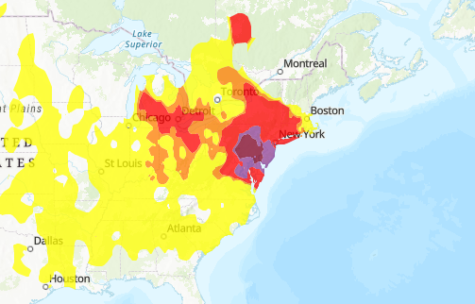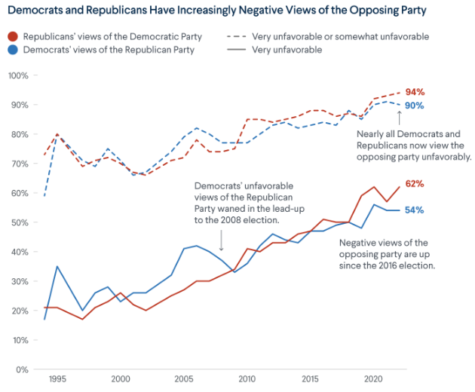Wes Anderson wows with his second stop-motion film Isle of Dogs
May 25, 2018
Wes Anderson’s second stop-motion animated film Isle of Dogs is a heartfelt story about dogs, politics, and a tiny pilot. The plot is set around a near-future Japan, where all dogs are exiled to “Garbage Island” by cat-loving Mayor Kobayashi (voiced by co-writer Nomura) after an outbreak of “Dog Flu” hits the city. The aftermath of the mass exiling spins into many conflicts and storylines.
Viewers follow a tumultuous and corrupt election between Mayor Kobayashi and scientist and pro-dog candidate Professor Watanabe (voiced by Akira Ito). Back on “Garbage Island” a small pilot named Atari (voiced by Koyu Rankin) crashes in the middle of rubble and rival dog clans in search of his beloved guard dog and only friend Spots. Accompanied by a gang of Alpha dogs, which include unwilling and conflicted Chief (voiced by Bryan Cranston), Rex (voiced by Edward Norton), King (voiced by Bob Balaban), Boss (voiced by Bill Murray), and Duke (voiced by Jeff Goldblum). The six are essentially in a dystopian Odyssey, traveling through toxic waste, and are chased by metal government dogs.
Yet through it all, Anderson, with his trademark clever yet simple writing and immaculate stop motion sequences (particularly the sushi making scene), transforms a simple boy and dog plot cliche into a morbidly metaphorical story about loyalty, love, and human nature. Anderson makes an animated film into more than just a children’s fantasy story. He doesn’t shy away from themes of death and cleverly turns a stop-motion picture into a metaphor for a “too close for comfort” political scene.
The dogs themselves represent some serious personal conflicts as Chief can’t quite understand why he can’t be trained or connect with people, envying the past lives of his fellow dog friends.
Isle of Dogs is a genuine work of cinematic artistry that turns a set of a garbage island and rabid dogs into a truly beautiful and poignant story of fear, resistance, and love.








A film student • Oct 23, 2018 at 8:44 am
Extremely Well written!! I loved this movie, and understood the underlying meaning Wes Anderson created.